An optical transceiver refers to an optoelectronic device that performs photoelectric and electro-optical conversion . The transmitting end of the optical module converts the electrical signal into an optical signal, and the receiving end converts the optical signal into an electrical signal, which is mainly composed of three parts: an optical fiber interface, a signal processing unit, and a circuit interface. Widely used in data center (cloud), telecommunications network (pipe), access terminal (end) field.
With the "Copper into optical", optical modules began to rise. When communication enters the stage of modern science and technology, it first takes electricity as the research object. From the early fixed telephones, to 2G and 3G wireless communications are basically based on electricity. However, due to the characteristics of the cable itself, long-distance transmission of high-rate signals cannot be achieved. When the signal is transmitted by electricity, the higher the frequency, the greater the loss as the transmission distance increases, the more severe the signal deformation, which causes the receiver to make a judgment error, resulting in communication failure. In order to overcome this limitation, the optical module converts the electrical signal into an optical signal at the transmitting end, that is, a transmitter (Transmitter), which is responsible for converting the electrical signal generated by the device into an optical signal and sending it; and at the receiving end, it converts the received optical signal again. The electrical signal is the receiver. Transmitter and Receiver are encapsulated in a module and combined into a Transceiver, which can be sent or received, which is an optical module (optical transceiver).
1. The types and functions of optical modules are constantly evolving
The evolution of the optical module itself has experienced aspects such as rate increase, packaging form change, access application change, and function improvement. Among them, SFP (Small Form-Factor Pluggable) Transceiver module, also known as small package pluggable module, supports hot plug, plug and play. The rate of SFP is getting higher and higher. From 1.25G, 2.5G, 4G, 6G, to 10Gb/s, the original package size can no longer be met, so a new standard XFP is defined. XFP refers to a 10Gb/s rate pluggable optical module. With the improvement of integration technology, it is possible to install XFP into SFP. The Transceiver of this new SFP is called SPF+, which is an enhanced SFP module. The size of SFP and SFP+ is smaller than the size of the earlier XFP optical module by about 30%. It has the same function as the SFP connector definition, which simplifies the design and consumes less power. In order to distinguish, the SFP that supports 8Gb/s and 5G is called SFP+.

2. Optical modules will develop towards high speed, small size, low consumption, long distance, and hot swap
At present, the increase in the transmission capacity of the extended-rate communication network has become the main communication method. The requirements for optical transceiver modules are gradually increasing, mainly manifested as high speed, miniaturization, low power consumption, long distance and hot swap. People demand more and more information, and the requirements for information transmission speed are getting faster and faster. As the mainstay of modern information exchange, processing and transmission, optical communication networks are ultra-high frequency, high speed, large capacity, high transmission rate, Large capacity, the cost of sending each message is getting smaller and smaller. The optical device generally uses a hybrid integrated technology and a sealed packaging process. The next step is expected to be non-airtight. It needs to rely on passive optical coupling technology to improve the degree of automation and reduce costs. The increase of the optical network installation distance requires the matching of remote transceivers and the development of optical modules to long distances. The optical module needs to support hot swap in the future, that is, the optical module can be connected or disconnected without disconnecting the power supply. Network administrators can upgrade and expand the system without shutting down the network, without affecting online users. Hot swapping simplifies maintenance and allows end users to better manage their optical modules. At the same time, due to the heat exchange performance, the optical module allows network managers to adapt to network upgrade requirements, overall planning, link distance transmission costs, and the topology of all networks without replacing all system boards. The optical module supports GBIC and SFP (small form factor insertion). Because SFP is similar in size to the appearance, the trigger can be directly inserted into the circuit board and has a wide range of applications. Therefore, its future development is worth looking forward to.
Silicon optical modules are expected to become a new driving force for the optical communications industry . Silicon photonics technology is a new-generation technology based on silicon and silicon-based substrate materials (such as SiGe/Si, SOI, etc.) that utilizes existing CMOS processes for optical device development and integration, combining the ultra-large scale and ultra-high precision of integrated circuit technology The characteristics of manufacturing and the advantages of ultra-high speed and ultra-low power consumption of photonic technology are disruptive technologies to deal with the failure of Moore's Law. The advantages of silicon optical modules are obvious, including low energy consumption, low cost, large bandwidth, and high transmission rate. But at the same time, due to the complexity of silicon optical chips in terms of materials and production technology, there are still obvious disadvantages, such as high cost and low technology maturity. With the continuous deepening of silicon optical technology exploration, the future silicon market is expected to usher in rapid growth. According to Yole's data, the compound annual growth rate of the silicon photonics market in 2018-2024 is 44.5%, and it is expected to grow to US$4 billion in 2024.
3. Internal and external driving forces keep the industry booming
3.1. Perfect top-level design drives market vitality
The optical module is the core optoelectronic device in the field of information optoelectronic technology, and is the basis for building a modern high-speed information network. In 2012, the Ministry of Industry and Information Technology issued the "Twelfth Five-Year Development Plan for Electronic Information Manufacturing", which clearly pointed out that it will promote the development of intelligent optical networks and large-capacity, high-speed, long-distance optical transmission, fiber access (Fttx) and other technologies and products. In recent years, the state has formulated a number of industrial policies and implementation plans to support industry development and help industry upgrade. In 2018, the Ministry of Industry and Information Technology issued a new standard for the development of optical module devices in the "Technology Development Roadmap of China's Optoelectronic Device Industry (2018-2022)".
3.2. 5G complete industry chain stimulates the demand for optical modules
Operators are working hard to build 5G base stations, and the demand for optical modules continues to expand. In 2019, China has built more than 130,000 5G base stations, and 2020 is the first year of large-scale construction of 5G base stations, mainly covering urban areas. In 2020, 5G network construction will be dominated by more SA networking, with higher commercial value. During the two sessions in 2020, the Ministry of Industry and Information Technology said that my country added more than 10,000 base stations every week. According to the operator's investment plan, the three major operators will build 700,000 base stations in September 2020, and construction will not stop from September to December. As China Radio and Television, as a new entrant, jointly build a 700MHZ 5G base station with China Mobile, the fronthaul and midhaul are expected to expand further.
The optical module is the basic structural unit of the physical layer of the 5G network and is widely used in wireless and transmission equipment. The 5G network is mainly composed of three main parts, namely wireless network, bearer network and core network. The proportion of its cost in system equipment continues to increase, and even more than 50-70% in some devices, which is a key factor for 5G low cost and wide coverage. Compared with the new requirements of 4G for optical modules, 5G network construction is more demanding. The 5G radio access network (RAN) is divided into active antenna unit (AAU), distributed unit (DU), and centralized unit (CU). In the base station on the wireless network side, the front transmission optical module between AAU and DU will be upgraded from 10G to 25G, and the demand for the intermediate transmission optical module between DU and CU is newly added. Suppose a DU carries a base station, each base station is connected to three AAUs, and each AAU has a pair of transceiver interfaces. 5G fronthaul will bring at least 30 million scale requirements for 25G optical modules.
C-light, China's leading manufacturer of optical communication equipment, has developed a complete series of optical transceivers based on wide range of rates, to meet the needs of customers for higher bandwidth in field of cloud computing, data center, telecommunication platform, etc.









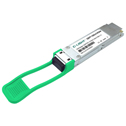

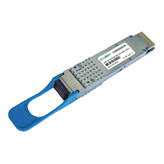

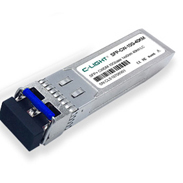
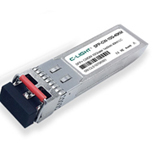
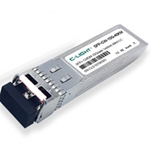
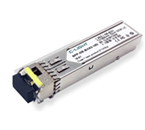
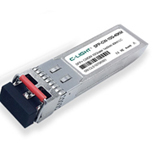
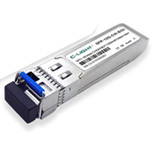



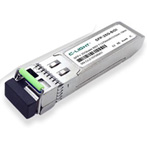

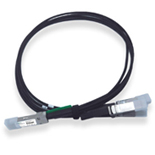
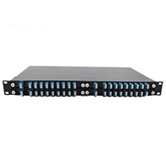
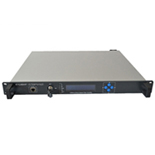
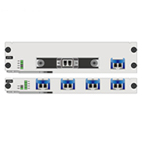

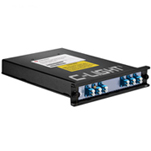
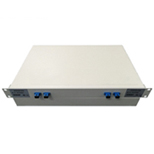


 Your current position:
Your current position: 



